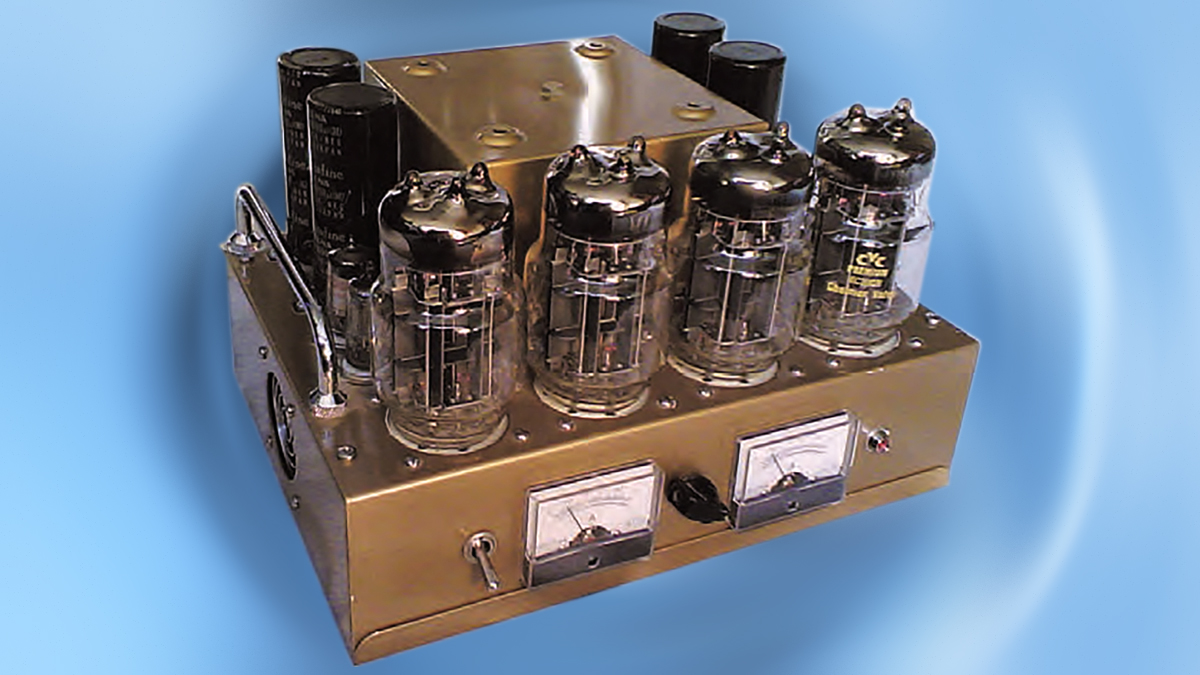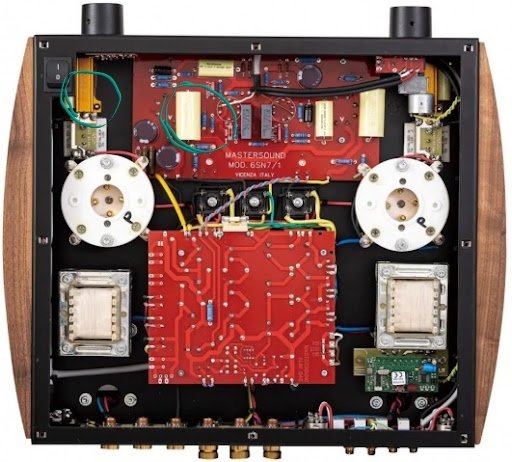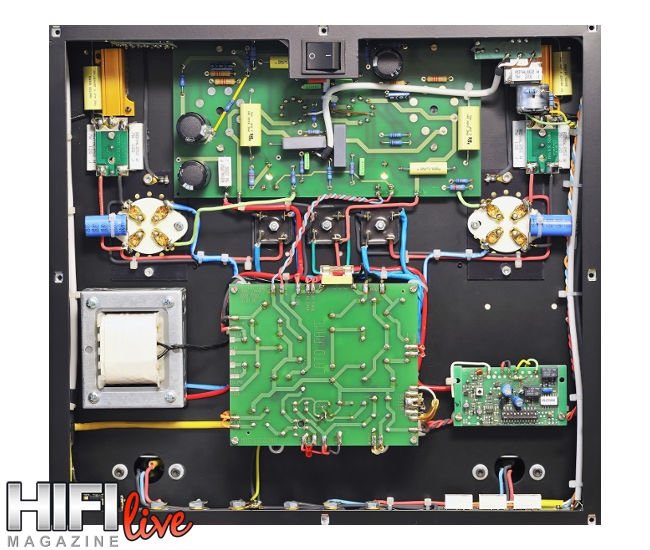The Novacron, like our other OTLs, has as its dominant distortion product the 3rd harmonic, with the 2nd at about 2/3rds that level since the balance in the amplifier isn't perfect. Now if you compare to an SET, the SET will have a particularly prominent 2nd with the 3rd quite a bit lower. In the Novacron, the 3rd is at a proportionate level lower than found in SETs. So its a considerably lower distortion amp and it sounds like it too (smoother, more transparent).
The class D has two aspects which cause most of the distortion in the amp: the input encoding scheme and the deadtime in the output section. In our design, both of those non-linearities tend to generate lower ordered harmonics. The 2nd is dominant, followed by the 3rd at about 1/2 that amplitude. So it probably has more in common with the distortion of an SET than our OTLs, but its at a much lower level than either. I've described its distortion spectra in the past as being very much like a really good tube amp.
In a zero feedback tube amp, the sonic signature of the amp is
exactly two things: the distortion it makes and the frequency response it has on the speaker with which its being used. The FR varies from speaker to speaker since there is no feedback. Usually the distortion dominates the ear's perception of it since the ear pays particular attention to the tonality it assigns to the distortion (in a manner similar to how harmonics cause the tone colors of musical instruments). So you can see that for an amplifier to sound musical, its vital that it have a benign distortion character.
Our class D does- and has a very nice first Watt. If its not broken in properly (which seems to take about 450 hours or so; customer feedback is pretty consistent in this regard) the Novacron will be slightly more musical, but after break-in it seems to go the other way. The big tell seems to be how the rear of the sound stage is portrayed; people describe the class D as being more 'focused'. The bass is different, owing to the fact that the class D is able to behave as a near perfect voltage source and that interacts quite differently with the low frequency resonance most speakers have as compared to our OTLs (which, like most zero feedback tube amps, tend to act more like a power source (see
Paradigms in Amplifier Design for more on this).
The Novacron was one of our best sounding amps when it was on the right speaker. But you can so as well or better (depending on the speaker) with a fully optioned set of MA-1s, which also have more power. FWIW all the Novacrons built in the recent run of a few years back were 'fully optioned' with the same resistors, coupling caps and power supplies as a fully optioned set of MA-1s.























